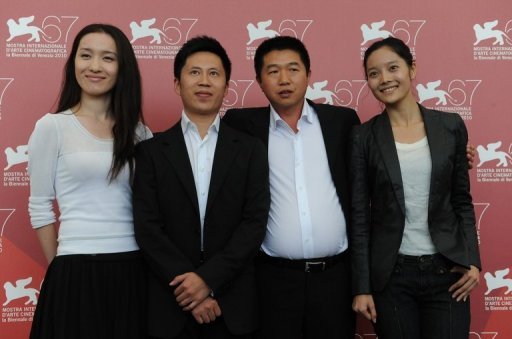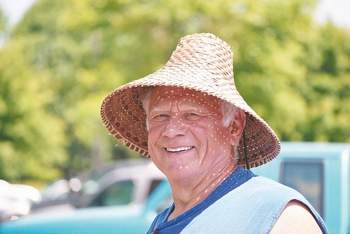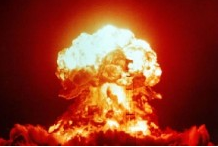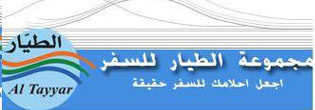Business & Finance Club - Films : When Moscow company director Vladimir Kaplun collapsed and died from massive internal bleeding, doctors were at a loss for a diagnosis.
But the firm’s engineer spotted signs of radiation sickness and alerted investigators from the former KGB. They found contamination throughout the office building and in the street below. Its source: radioactive material planted inside Kaplun’s chair in an act of reckless murder.
That was in 1993, after the breakup of the Soviet empire, which was bristling with nuclear weapons and waste. Nearly two decades later, deadly radioactive material is heading for the hands of shadowy new players who plan to kill on a much more ambitious scale.
That, say activist film producers Lawrence Bender and former Torontonian Jeff Skoll, means we should be afraid. Very afraid.
Next weekend, the pair’s documentary, Countdown to Zero, opens in Toronto, and it promises to be a bigger summer chiller than a frozen margarita.
First conceived by Democratic politician Matt Brown and Bruce Blair of the World Security Institute, and directed by Britain’s Lucy Walker, the film features a critical mass of former world leaders, experts, spies, officials, activists — and one of the most cold-blooded weapons smugglers in history.
Its message is meant to put a new generation of anti-nuclear campaigners back on the peace path their grandparents pioneered as Cold War protesters in the days when grade schoolers had to “duck and cover” in anticipation of a Soviet nuclear attack.
Now things have changed — and not altogether in a good way.
“There’s pretty broad agreement that the No. 1 threat the world faces is nuclear terrorism,” says Joseph Cirincione a non-proliferation expert with the Ploughshares Fund who is among more than 80 people interviewed for the film. “There are apocalyptic groups who wouldn’t hesitate to build, and use, an atomic bomb.”
And Cirincione is not just talking about a homegrown “dirty bomb” combining low-level nuclear material with ordinary explosives — which would cause alarm and confusion but few casualties. Increasingly likely is a crude, Hiroshima-style weapon that could devastate a city, melt down an economy and throw the world into nuclear chaos.
Are you gnawing your knuckles yet?
The filmmakers hope so. They know that in the 21st-century fear-stakes, there’s stiff competition. Global warming, deadly pandemics, a double-dip global recession — issues that can make nuclear attack seem like something from the distant, pre-iPhone past.
But Dr. Strangelove isn’t dead, he’s just moved to a city near you, say the experts who monitor loose nukes. And the evidence is convincing.
Although the film traces the horrific history of the atomic bomb, from its early days to the present, there’s little doubt that ours is an age of qualitatively different nuclear insecurity, with enemies who have no adult supervision.
“There are three ways to acquire a nuclear weapon,” says former CIA operative Rolf Mowatt-Larssen. “You can steal a bomb. You can buy a bomb. And you can build a bomb.”
To underscore the point, there’s Oleg Khinsagov, a jailed Russian black marketer from the northern Caucasus who cheered for the 9/11 hijackers and told Walker his stated goal “was to kill 4 million Americans using a nuclear device.”
Khinsagov’s attempt to sell weapons-grade uranium to Al Qaeda was foiled by a Georgian sting operation, and his 2006 arrest made few headlines worldwide.
But while they often slip below the media radar, reports of nuclear smuggling are far from rare. Since 1991, numerous plots have been tracked and halted — and those are only the incidents we know about.
In one of the biggest, three St. Petersburg men were arrested for trying to sell three kilograms of highly enriched uranium stolen from a Russian nuclear production facility in 1994. Some of the hazardous stuff was stashed in a refrigerator.
Two years earlier, a Russian research lab worker spent months stockpiling 1.5 kilos of highly enriched uranium in hopes a wealthy buyer would come along. Scientists say about 10 times that amount is needed for a small atomic bomb.
What makes some of the world’s deadliest material so vulnerable to smugglers?
For one thing, says Cirincione, dozens of countries now use weapons-grade uranium to fuel research reactors and “it’s about as well guarded as library books.” The countries include Ghana, Vietnam and Argentina, places not on anyone’s nuclear outlaw list.
But the biggest problem is in Russia, where control over massive amounts of nuclear material loosened in the free-for-all that followed the crumbling of the Soviet regime.
In the early 1990s, the West missed the chance to work with Moscow on an inventory of nuclear materials that would have charted its vast stockpiles and helped figure out how to secure them.
But in spite of the current suspicion and mistrust, Cirincione says, “we do have a history of cooperation over the last 20 years, and we have secured about 60 per cent (of the material). We shouldn’t wait another 20 years to finish the job.”
With North Korea defiantly declaring its nuclear weapons program, Iran edging closer to capacity to build a bomb, Israel harbouring an undeclared arsenal and nuclear-armed India and Pakistan facing off across unstable borders, there are new worries on the horizon. The danger of both nuclear warfare and unsecured nukes has increased.
U.S. President Barack Obama was uneasy enough to lead a global campaign to secure loose fissile material within four years, to join Russia in cuts to the world’s largest nuclear arsenals, and to announce that nuclear weapons could one day be history.
His initiatives, and hope for rolling back climate change, convinced the Bulletin of the Atomic Scientists to move their famed Doomsday Clock back from five to six minutes to midnight.
But Countdown to Zero points out, the possibility of proliferation is still as alarming as ever, and richly funded terrorists remain convinced that nuclear material gives more bang for the buck.
The good news is that an increasing number of opinion leaders are beginning to think the once-unthinkable: that the best way to lower the threat is to get rid of all the world’s nuclear stockpiles and put their deadly legacy beyond use.
The film gives a boost to the two-year-old Global Zero campaign to eliminate nuclear weapons, which has Obama’s backing. Dozens of campus chapters have sprung up and grassroots enthusiasm is building. Can those old “Ban the Bomb” T-shirts be ready for a comeback?
“The sense people had 20 years ago is that ‘now we have it under control, and we don’t have to worry any more,’ ” says Metta Spencer, editor of Peace magazine and a veteran anti-nuclear campaigner. “There’s an inertia about the nuclear issue. This film may alarm people, but it’s a wonderful way of getting them mobilized and energized. It’s a wake-up call that needs to happen.”











